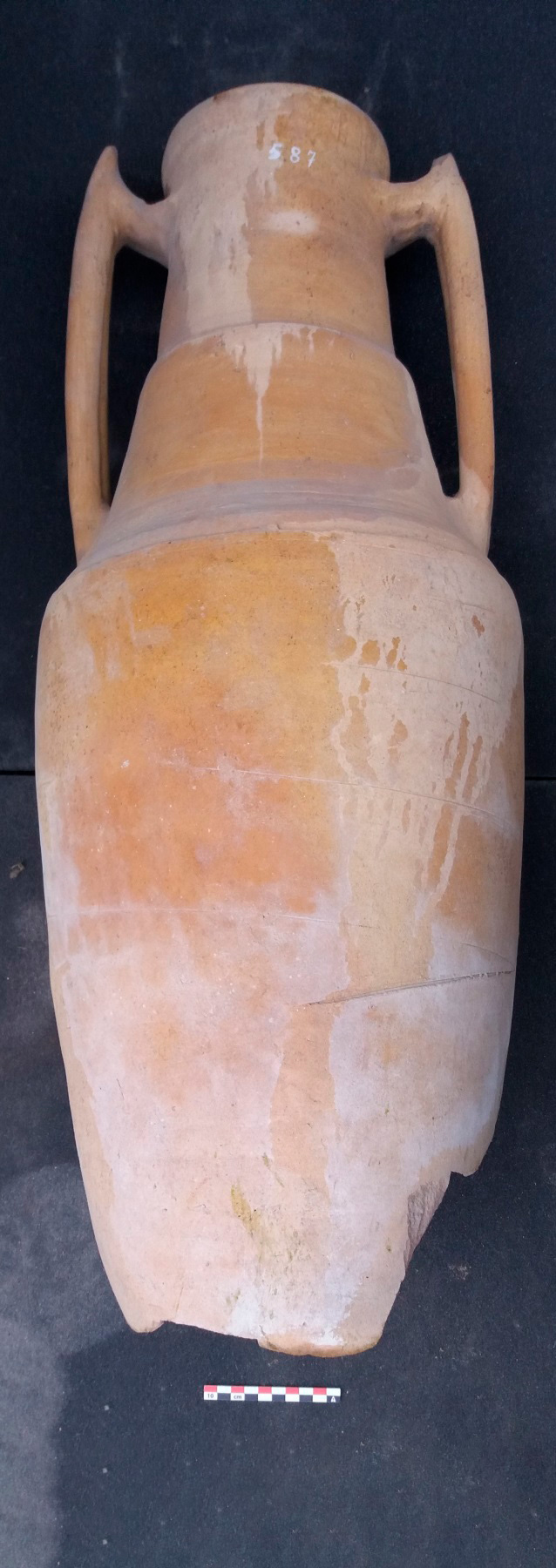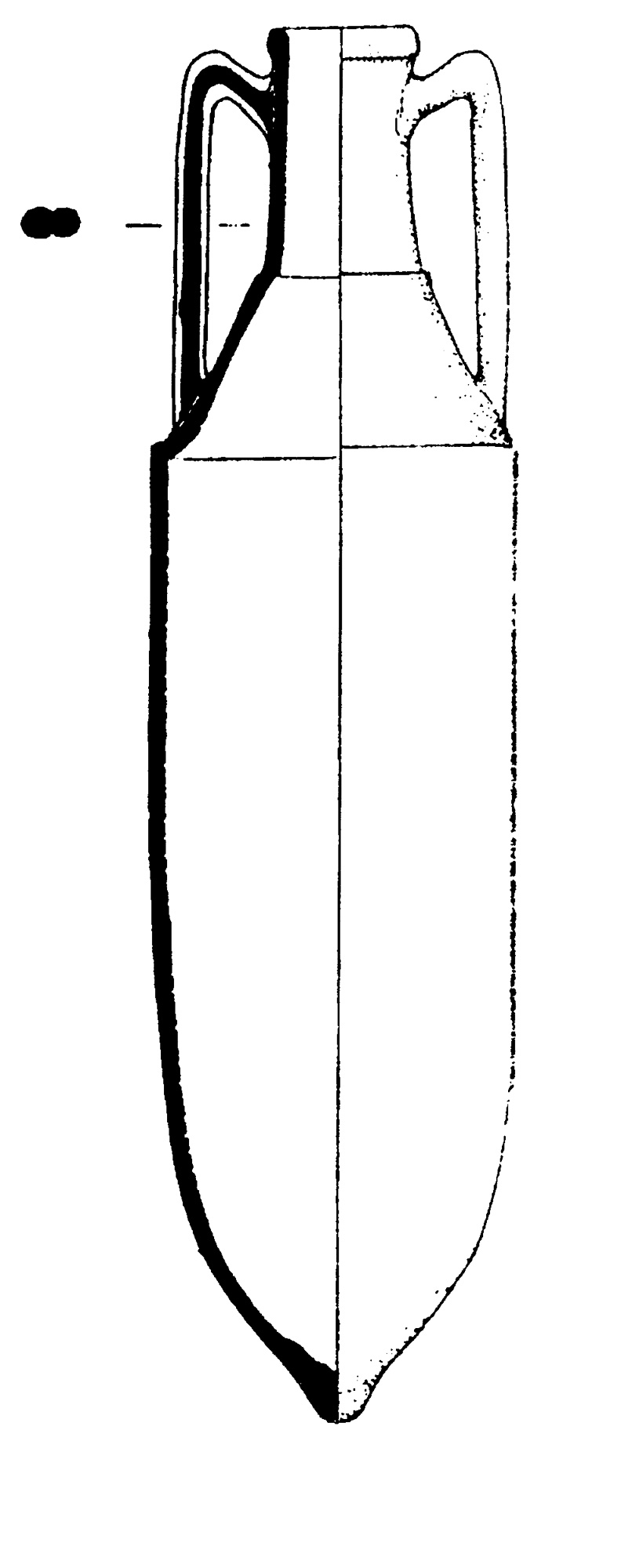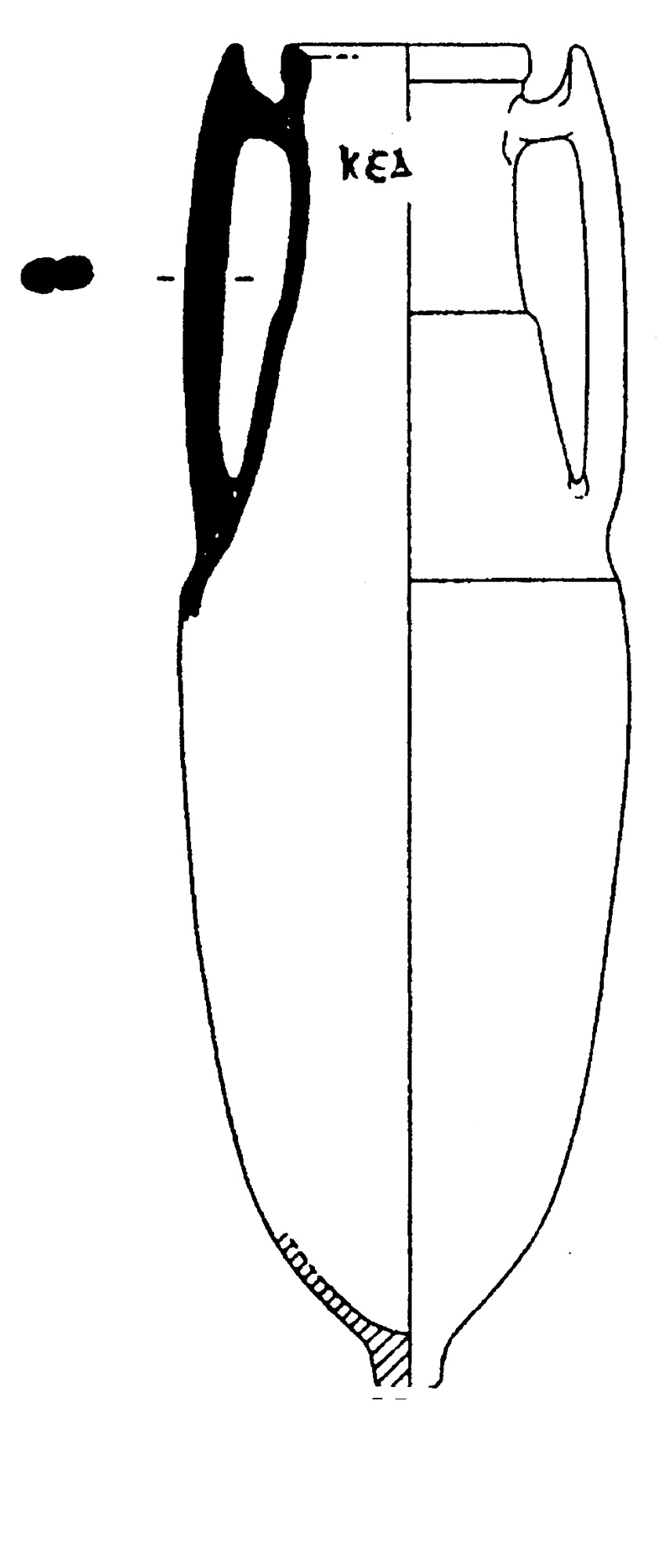Project website: https://www.ub.edu/racamed/
RACA-Med II (2021-2024)
In 2021 an application was successfully submitted to the Spanish Ministry for a second project to continue this work, as well as focus on the content of amphora produced in Catalunya, and investigate organic residues and plasters in production installations features such as lacus and pavements: Ánforas romanas y análisis de contenidos II. Producción y consumo de alimentos de la Baetica, la Laetania y el oriente levantino (siglos I a.C. – III d.C.) (RACAMed II) (PID2020-113409GB-I00)
Roman amphora contents and organic residues analysis (Cadiz, Rome and Pompeii) (RACA-Med) (2017-2020)
 In 2017 Alessandra Pecci (Ramón i Cajal; ERAAUB) and Paul Reynolds (ICREA; ERAAUB) were given a three-year grant by the Spanish Ministerio de Economía, Industria y Competitividad for the analysis of early Imperial Roman amphora contents from excavations in Cadiz, Rome and Pompeii: HAR2017-84242-P: Ánforas romanas y análisis de contenidos. El consumo de alimentos de la Baetica, Africa y el Oriente levantino en Gades, Pompeii y Roma (ss I a.C.- I d.C.) (RACA-Med).
In 2017 Alessandra Pecci (Ramón i Cajal; ERAAUB) and Paul Reynolds (ICREA; ERAAUB) were given a three-year grant by the Spanish Ministerio de Economía, Industria y Competitividad for the analysis of early Imperial Roman amphora contents from excavations in Cadiz, Rome and Pompeii: HAR2017-84242-P: Ánforas romanas y análisis de contenidos. El consumo de alimentos de la Baetica, Africa y el Oriente levantino en Gades, Pompeii y Roma (ss I a.C.- I d.C.) (RACA-Med).
The project aims at identifying the content of specific amphorae of the 1st c. BC and 1st c. AD, with a series of analysis being applied to North African and Baetican ovoid amphorae for the first time. Work has been carried out in collaboration with D. Bernal Casasola and his team from the University of Cadiz on Baetican amphorae recovered in Cadiz at the garum factory site of El Olivillo. Ovoid 1 and 4 amphorae of the 1st century BC produced in Cadiz and the ‘Circulo del Estrecho’ were analysed and wine products were identified in some (Pecci et al. 2020). Samples of Haltern 70 amphorae from El Olivillo also evidence both wine (one example only) and either re-use or mixtures of substances.
African amphorae were analysed in collaboration with A. Contino and L. Toniolo from sites in Rome (Ostia) and Pompeii. Most of them were selected among the amphorae already studied by Contino and Capelli to identify their provenance. Apart from a few Dr 18 and Schöne-Mau 40, the majority comprise a wide range of late Republican-1st c. AD ovoid forms from Africa Proconsularis-North Tunisia (‘Africaines anciennes’, Ostia LIX, Dr 26). Though these amphorae were expected to contain olive oil or olives, and represent precursors of the major oil exports of the Imperial period, all bore traces of wine residues and some (only except the Dr 26) bore a mix of wine and possible plant oils (which could possibly be interpreted as olives in vinegar). In collaboration with the Parco Archeologico di Pompei early Imperial Agora G 198 amphorae from eastern Cilicia , were also sampled, a distinctive variant of Koan amphorae with large, bowed double-rod ‘horn’ handles and a wide neck and body, a type particularly common in Pompeii. As expected, given the special typological characteristics of this type, there were wine residues combined with other vegetal and animal substances. Further work is needed to determine if this amphora, as well as other Eastern amphorae carried a mixed product, such as garum with wine, attested by the sources.
In 2021 an application was submitted to the Spanish Ministry for a second project (RACA-Med II) to continue this work, as well as focus on early Imperial presses and amphora production sites in Catalunya.










